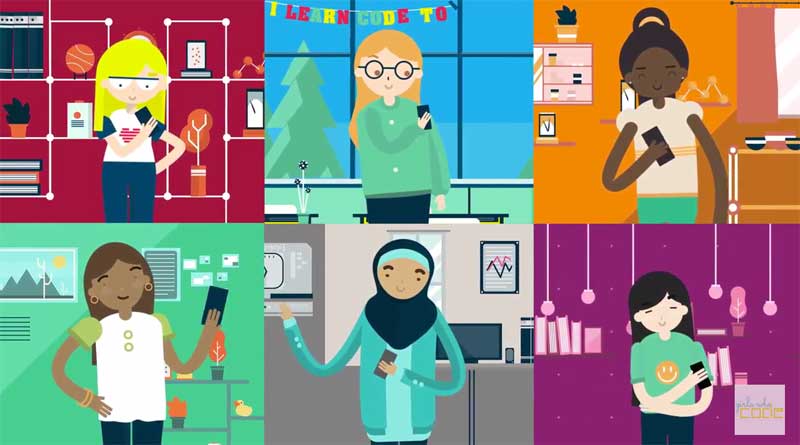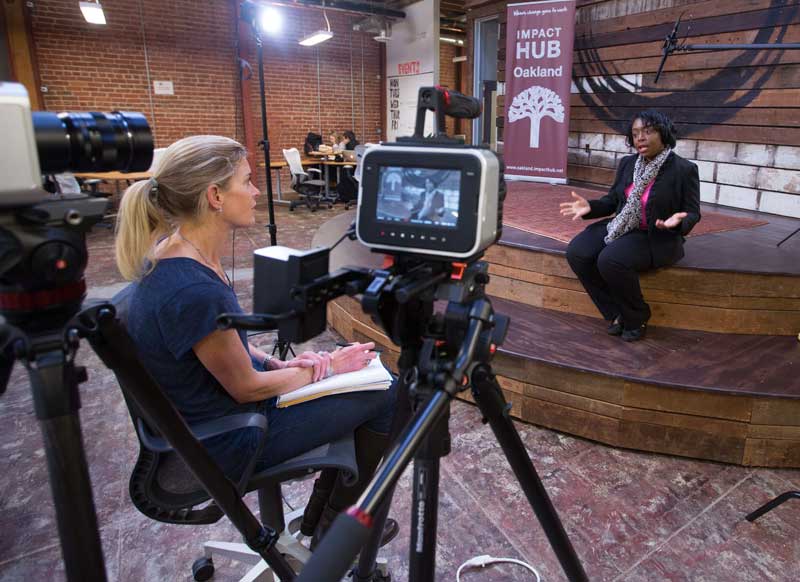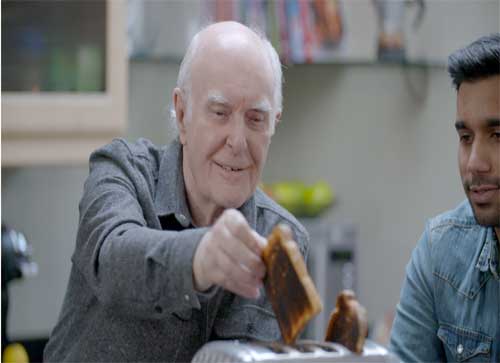
This press release came in from Girls Who Code today. Since I’ve been reading SuperBetter: The Power of Living Gamefully by Jane McGonigal lately, I can see that the Girls Who Code people have taken the idea of gamefulness and put it into a useful app that will help develop young women in tech. Here’s the press:
by Jane McGonigal lately, I can see that the Girls Who Code people have taken the idea of gamefulness and put it into a useful app that will help develop young women in tech. Here’s the press:
Girls Who Code, the national nonprofit working to close the gender gap in technology, today released Girls Who Code Loop, the first-ever app custom-built for its community. The app helps the Girls Who Code sisterhood of students and alumni stay in the loop and support each other. It’s available to download for free on iOS and Android.
In the app, girls can join discussion “loops” based on their interests, location, or Girls Who Code program. They can post and comment about everything from coding to college and jobs or internships — all in a fun and respectful space custom-built for them. Girls can also learn about events and opportunities in their area, tag a post with a “Raised Hand” to get help from the community, and keep up with old friends or make new ones who share their connection with Girls Who Code. To learn how to use the app, watch the “Introducing Girls Who Code Loop” video on YouTube.
The app name refers to the computer science concept of a “loop,” one of the Core4 computer science concepts that all Girls Who Code students learn. A loop tells a computer to repeat a sequence of instructions. Girls Who Code Loop is available to current students and graduates of Girls Who Code programs, Clubs Facilitators, and Summer Immersion Program teaching teams. You must be thirteen years of age or older to use this app.
“Girls Who Code will reach 40,000 girls by the end of the academic year, and one thing we’ve learned in the process is that community matters. Girls need community and support from their peers to maintain and persist in computer science.” said Girls Who Code Founder and CEO, Reshma Saujani. “In fact, social encouragement and female role models are two of the most important factors influencing a girl’s decision to pursue computer science. With Girls Who Code Loop, we’re providing a platform for our girls to build connections and encourage each other to pursue a future in computer science.”
Through its programs, Girls Who Code is building the largest pipeline of future female engineers in the United States. The release is part of a broader Girls Who Code Alumni Program that launched in 2015 with commitments of nearly $3 Million from AT&T, Adobe, and the Prudential Foundation to grow the tech talent pipeline for women. In addition to Girls Who Code Loop, Girls Who Code has also launched #HireMe, a job and internship board that connects its alumni to opportunities with more than 60 major US companies.
Girls Who Code created the app in partnership with Small Planet, a New York-based agency specializing in iOS and Android development.
About Girls Who Code
Girls Who Code is a national non-profit organization working to close the gender gap in technology. Through its Summer Immersion Program and Girls Who Code Clubs, the organization is leading the movement to inspire, educate, and equip young women with the computing skills to pursue 21st century opportunities. Additional information is available at www.girlswhocode.com.
Save
Save





